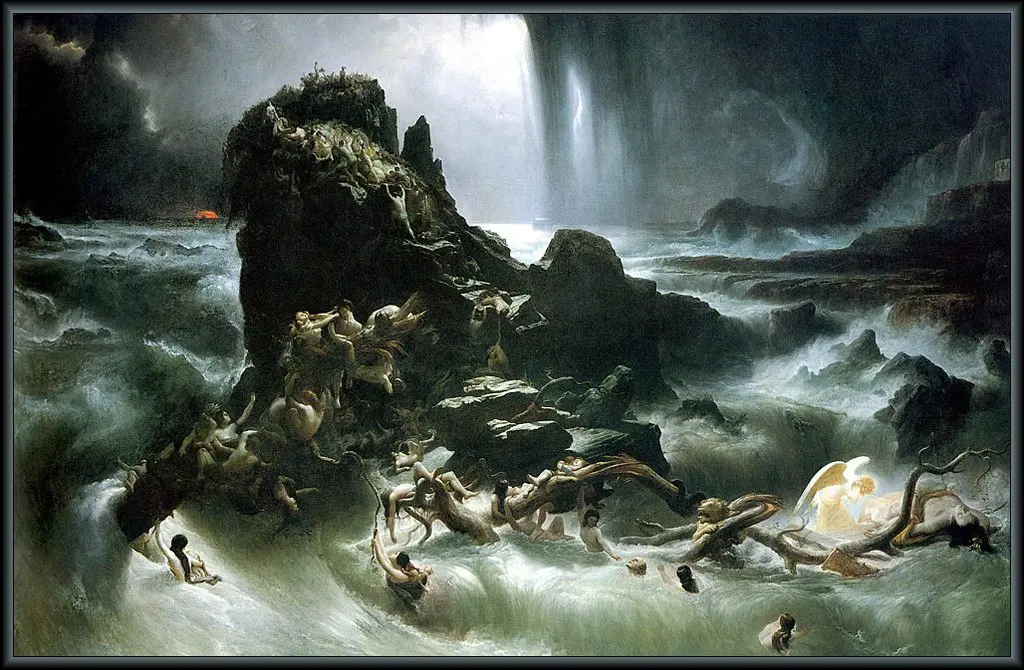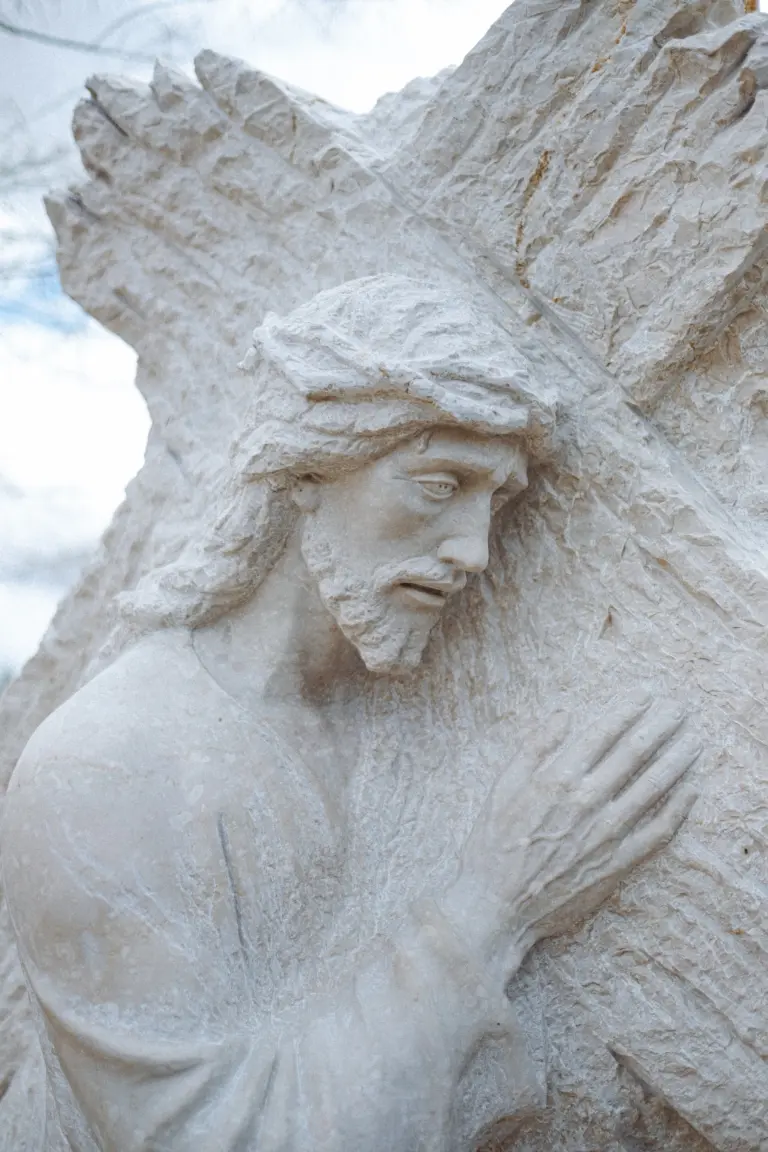Sacred Geometry, where mathematics and spirituality intersect. You may have heard of the Tree of Life but there’s another symbol in particular that has inspired humanity across eras: the Flower of Life.
At first glance, it might look like a bunch of circles playing peekaboo with each other. But trust me, it’s so much more than that.
The Flower of Life is a visual expression of the connections life weaves through all sentient beings, believed to contain a type of Akashic Record of basic information of all living things.
If you’re wondering, “Why on earth are we talking about a pattern?” Well, brace yourself cuz the ride is about to get mind-blowingly bumpy.
Table of Contents
Toggle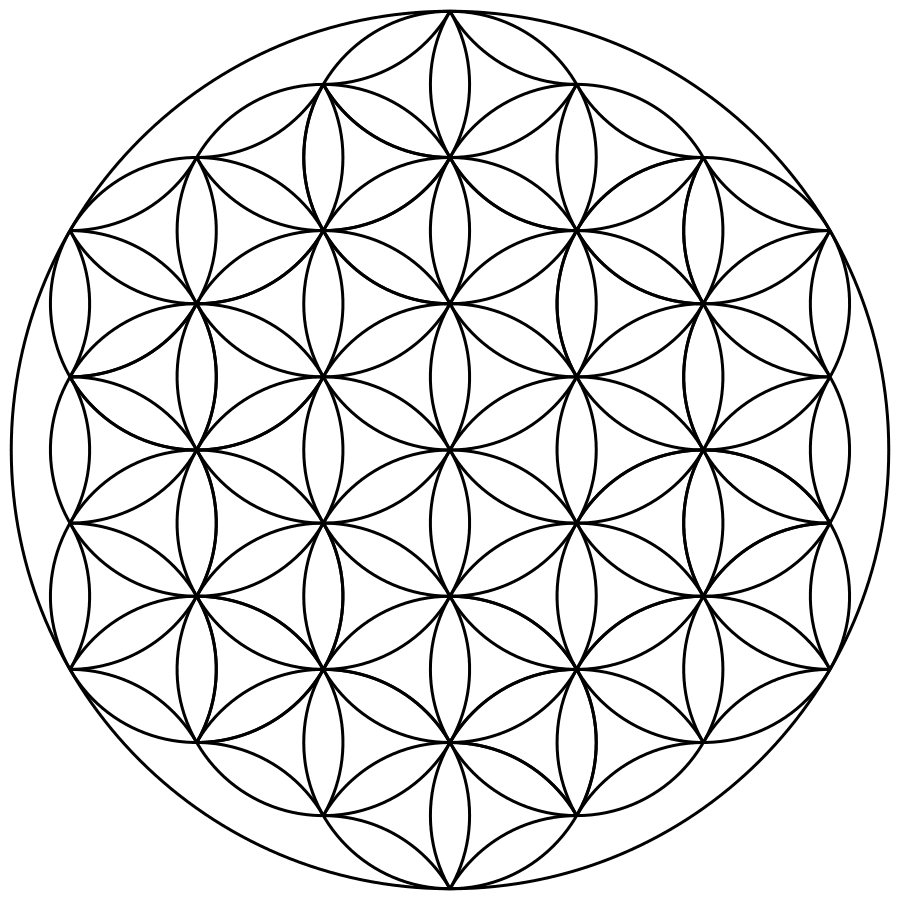
What is the Flower of Life?
If you were to open up a dictionary of symbols (yep, those exist!), and you stumbled upon the entry for the Flower of Life, you would read something like this:
“The Flower of Life is a geometric figure composed of multiple evenly-spaced, overlapping circles arranged to form a flower-like pattern with a six-fold symmetry like a hexagon. The center of each circle is on the circumference of six surrounding circles of the same diameter.”
Quite a mouthful, isn’t it? So, let’s break it down.
Imagine you draw a circle. Easy, right? Now, draw another one with the same diameter, with its center placed anywhere along the circumference of the first circle. You’d get a shape that sort of resembles the Vesica Piscis.
Now, keep drawing circles, always making sure that each new circle’s center is on the circumference of an existing circle.
As you draw more and more circles, a pattern begins to emerge. It’s like you’re weaving together circles to create this beautiful, repeating pattern. And voila! You have yourself a Flower of Life.
This isn’t just any regular doodle though. As stated earlier, the Flower of Life is believed to be a visual representation of the interconnectedness all beings. It symbolizes the idea that all life and consciousness arise from one source – depicted by the first circle in the center of the pattern.
Like the petals of a blooming flower, each circle represents a new cell, a new life that grows from the same root. The overlapping sections symbolize the shared experiences and traits among all life forms – the common ground that links us all.
It’s a powerful symbol that conveys the core belief of unity in diversity, the divine symphony of life.
Flower of Life in Sacred Geometry
What is Sacred Geometry?
Sacred Geometry refers to the idea that certain shapes and patterns have spiritual significance.
It’s a complex system of religious symbols and structures involving space, time, and form that are found throughout the natural world.
It’s the belief that by understanding these shapes, we can gain insight into the laws of the universe.
Think of it as the blueprint of the universe and the genesis of all forms of life.
It’s present everywhere from the microcosm — the structure of a DNA molecule, to the macrocosm — the spiral shape of galaxies.
It embodies the essence of the phrase “as above, so below” – the concept that the patterns found in the heavens are mirrored on Earth and within ourselves.
The next time you come across a sunflower, look closely at its center, you’ll notice that the seeds seem to follow a spiral pattern, radiating out from the center.
That’s not a random occurrence — it’s a specific geometric pattern known as the Golden Spiral, a unique shape defined by the Golden Ratio, and it’s found in many other elements of nature. That’s Sacred Geometry in action!
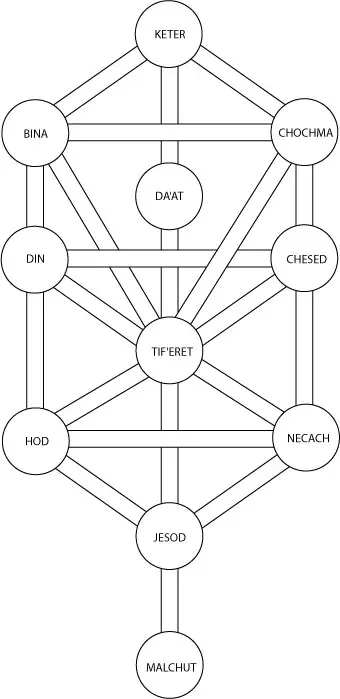
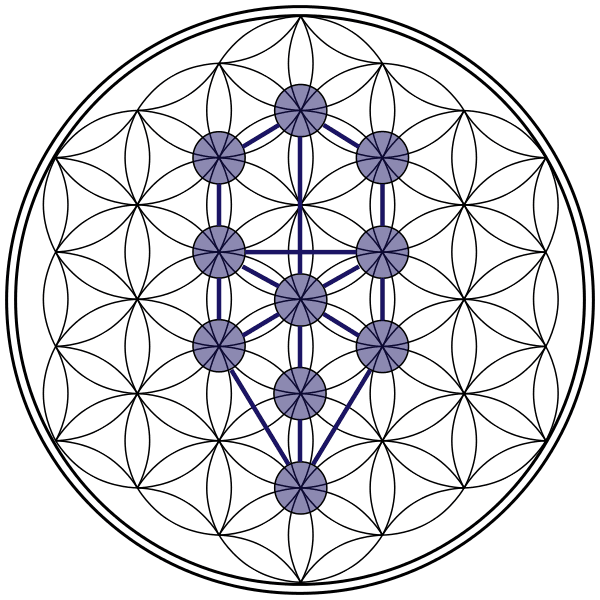
Flower of Life Symbolism
The Flower of Life isn’t just a geometric pattern — it’s an ancient symbol steeped in spirituality and philosophy.
It’s believed to contain the patterns of creation as they emerged from the Great Void, making it a symbol of divine, creative energy.
The core of the Flower of Life, where the entire pattern begins, is known as the Seed of Life. This is formed from seven overlapping circles, creating a rosette-like pattern.
These seven circles are said to mirror the seven days of creation as outlined in Genesis, hence the name Seed of Life.
This is the heart from which the entire Flower of Life blooms, reinforcing the idea that all life and existence stem from a single source.
The Flower of Life is also the geometric basis of many other patterns in sacred geometry.
For example, within the Flower of Life, you can also find patterns like the Tree of Life, the Fruit of Life, and even the three-dimensional shape known as Metatron’s Cube!
These forms are believed to symbolize different aspects of the universe, making the Flower of Life a kind of “master blueprint” of creation.

Stages of the Flower of Life
-
The Circle of Life: This is the first stage where you draw one circle. This single circle represents unity, the primal, undifferentiated state of existence.
-
The Vesica Piscis: When a second circle of the same diameter is drawn intersecting the first at the center, it forms a shape known as the Vesica Piscis. This shape is symbolic of duality – the interaction and interdependence of opposing forces and characteristics.
-
The Tripod of Life: By adding a third circle, you create the Tripod of Life or the Trefoil. You may have seen this in the form of a Venn Diagram or the Celtic Knot.
-
Seed of Life: With six intersecting circles symmetrically surrounding the initial one, the pattern known as the Seed of Life is formed.
-
Flower of Life: If you continue the pattern, always adding new circles at the intersections of existing ones, you create a grid of perfectly nested circles known as the Flower of Life. This is seen as the representation of interconnectedness and continuity of life.
-
Fruit of Life: Within the Flower of Life, there is a pattern of 13 circles known as the Fruit of Life. This is considered to be the “hidden pattern”, holding the basis for the design of every atom, molecular structure, life form, and everything in existence.
-
Metatron’s Cube: By connecting the centers of the 13 circles in the Fruit of Life, you form Metatron’s Cube. Named after the Archangel Metatron in Jewish tradition, this three-dimensional figure is made up of all Five Platonic Solids – shapes which form the building blocks of the universe.
Flower of Life Origins
Flower of Life in Egypt
Egypt, the land of the pharaohs, sphinxes, and pyramids, has always been rich with profound symbolism and intricate geometry.
Ancient Egyptians held a deep fascination for the harmonious order of the universe and the cyclical patterns of life, which they reflected in their art, architecture, and religious beliefs. Enter the Flower of Life.
The oldest known examples of the Flower of Life are found in the ancient Temple of Osiris in Abydos, Egypt.
Etched into the granite columns, these aren’t just random doodles – they’re precise, sophisticated patterns that speak of an advanced understanding of geometry and spiritual symbolism.
Flower of Life in Greece
In Ancient Greece, the Flower of Life symbol was well-recognized and its geometric properties were studied meticulously.
The Greeks believed that the symbol was a representation of the intricate pattern of creation, visualized in the physical plane.
The philosopher Pythagoras, known for his contributions to mathematics, geometry, and music theory, was particularly interested in the Flower of Life.
Pythagoras and his followers, the Pythagoreans, viewed geometry and mathematical ratios as fundamental to understanding the nature of existence and the universe itself.
They held that the universe was structured according to harmonious numerical ratios and that these ratios were expressed through geometric forms.
The Flower of Life, with its evenly spaced, overlapping circles creating a perfect rosette, was seen as a physical manifestation of these divine geometric ratios. It was a symbol of the unity of all things.
This reverence for geometry would eventually influence Plato, whose Platonic Solids became another cornerstone of sacred geometry.
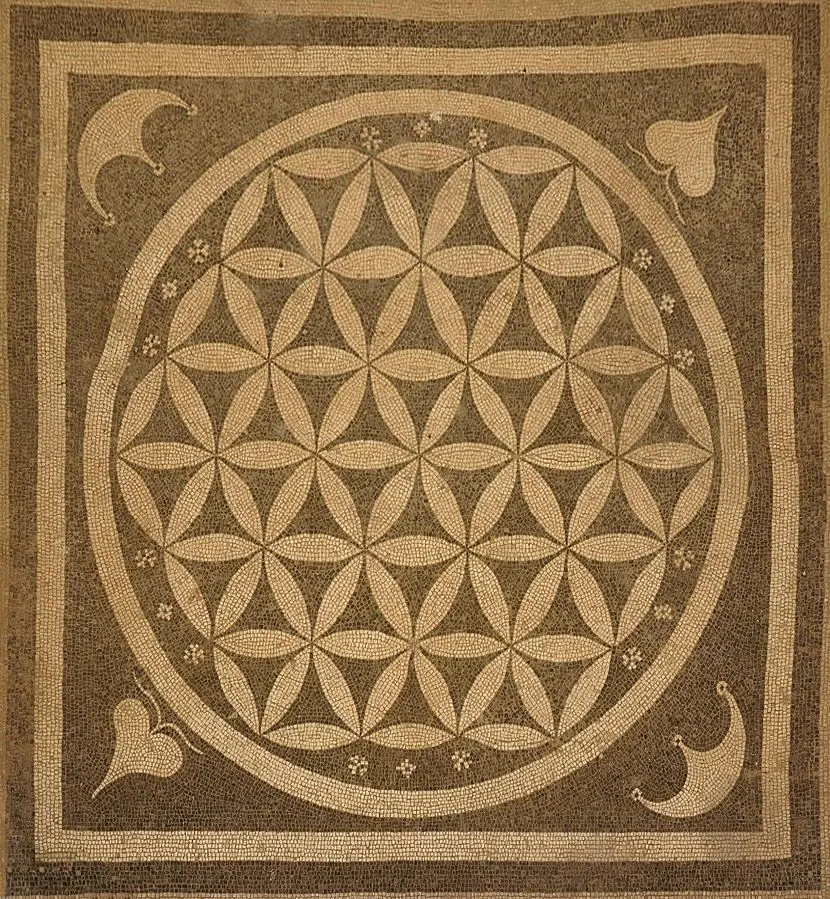
Flower of Life in Spirituality
The Flower of Life is often used in meditation as a visual guide for centering the mind, just like a mandala.
It’s believed that by meditating on the symbol, one can tap into the fundamental structures of the Universe and gain profound insight into the nature of reality.
Some also use it as a tool for manifesting, believing that its powerful symbolism can help align intentions and attract positive energy.
Beyond meditation, the Flower of Life has become a common symbol in yoga and wellness communities. I’m sure you’ve seen it in some yoga studios before!

Flower of Life and Leonardo da Vinci
Leonardo da Vinci, the famous Italian artist and polymath, was one of the many artists during the Renaissance who studied the Flower of Life and its mathematical properties.
He used the pattern as a tool in his work, both as a structural and compositional device.
In Leonardo’s work, you can see his extensive studies of the Flower of Life and its associated geometrical figures.
In some of his notebooks, Leonardo examined the forms that arise from the Flower of Life’s structure, like the Seed of Life, the Egg of Life, and the Fruit of Life.
He drew precise diagrams and wrote extensive notes on these forms, showing how they can be derived from the Flower of Life’s pattern.
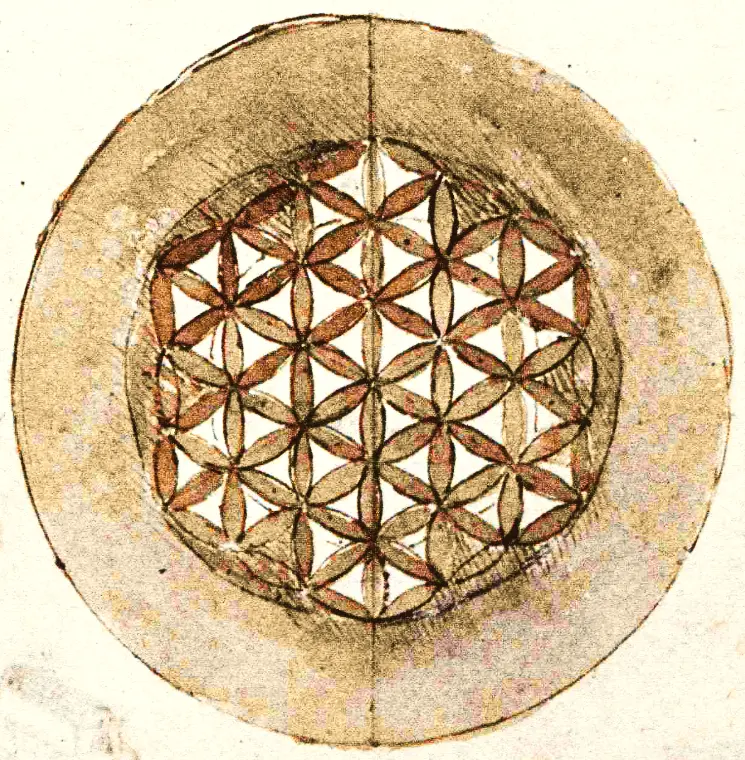
It is even speculated that da Vinci used the principles of the Flower of Life, and sacred geometry as a whole, in some of his most famous artworks, including the Mona Lisa and the Vitruvian Man.
In the case of the Mona Lisa, some scholars believe that the composition of the artwork reflect the principles of the Flower of Life.
The exact positioning of Mona Lisa’s face and her mysterious smile have been analyzed and debated over the years, with some suggesting that they align with the intricate patterns of the Flower of Life.
Similarly, the Vitruvian Man is believed to illustrate the geometric principles inherent in the human body and nature itself, resonating with the core concepts of the Flower of Life.
The sketch of the Vitruvian Man famously shows a man inside both a circle and a square. It is said to represent a cornerstone of Leonardo’s attempts to relate man to nature, an interpretation of the ancient Roman architect Vitruvius’s theories.
Flower of Life Tattoo Meaning
A Flower of Life tattoo represents the interconnectedness of the universe.
It symbolizes that all life and consciousness arises from one source – the fundamental geometry represented by the Flower of Life, which links us all at a molecular, cellular level.
It embodies the concept that everyone and everything are connected, and we’re all part of a spiritual whole.
In getting a Flower of Life tattoo, you’ll be expressing this same belief which is quite profound, don’t you think?
You might also be interested in reading about the holy Sak Yant tattoos from Thailand which carry with them great power.



